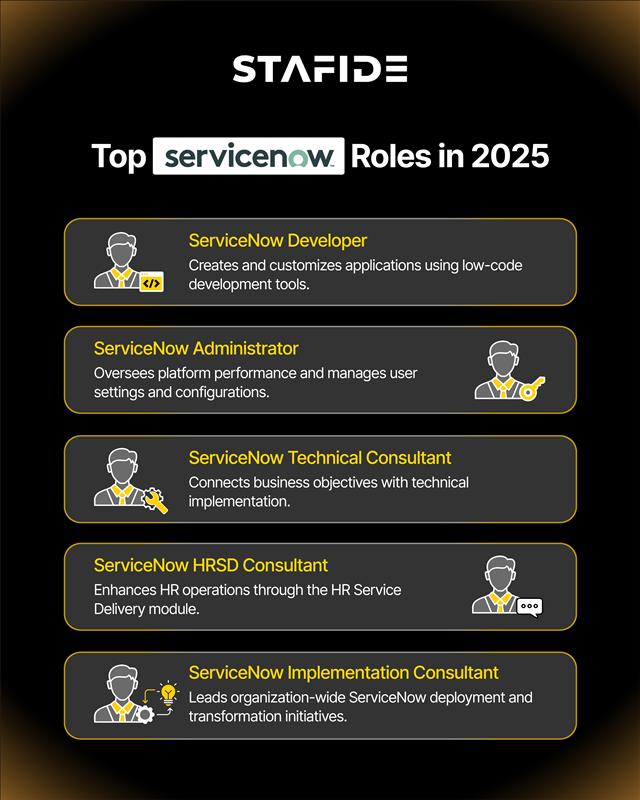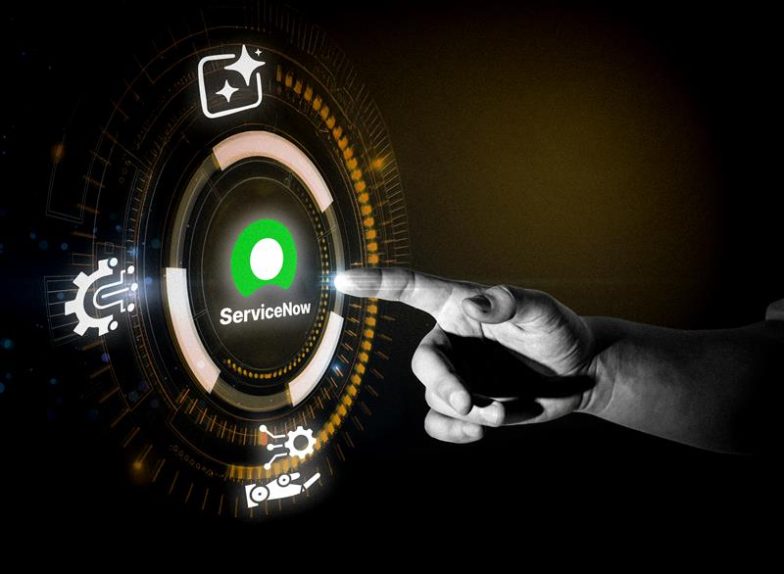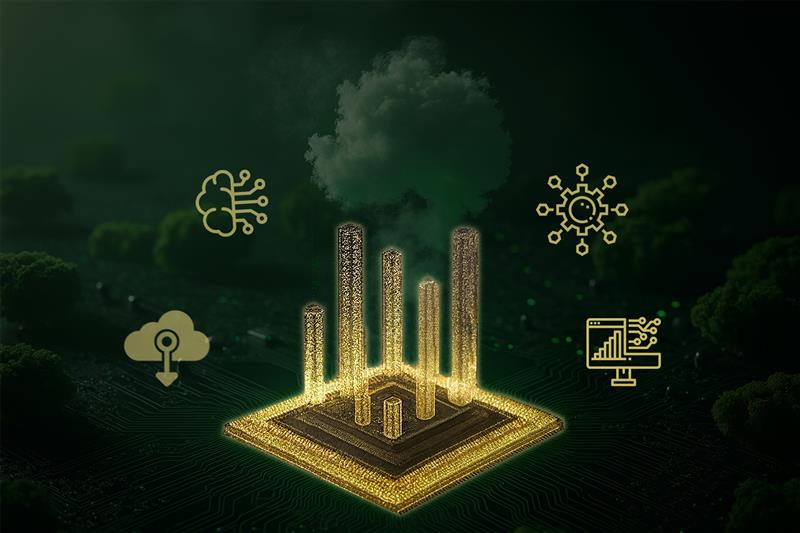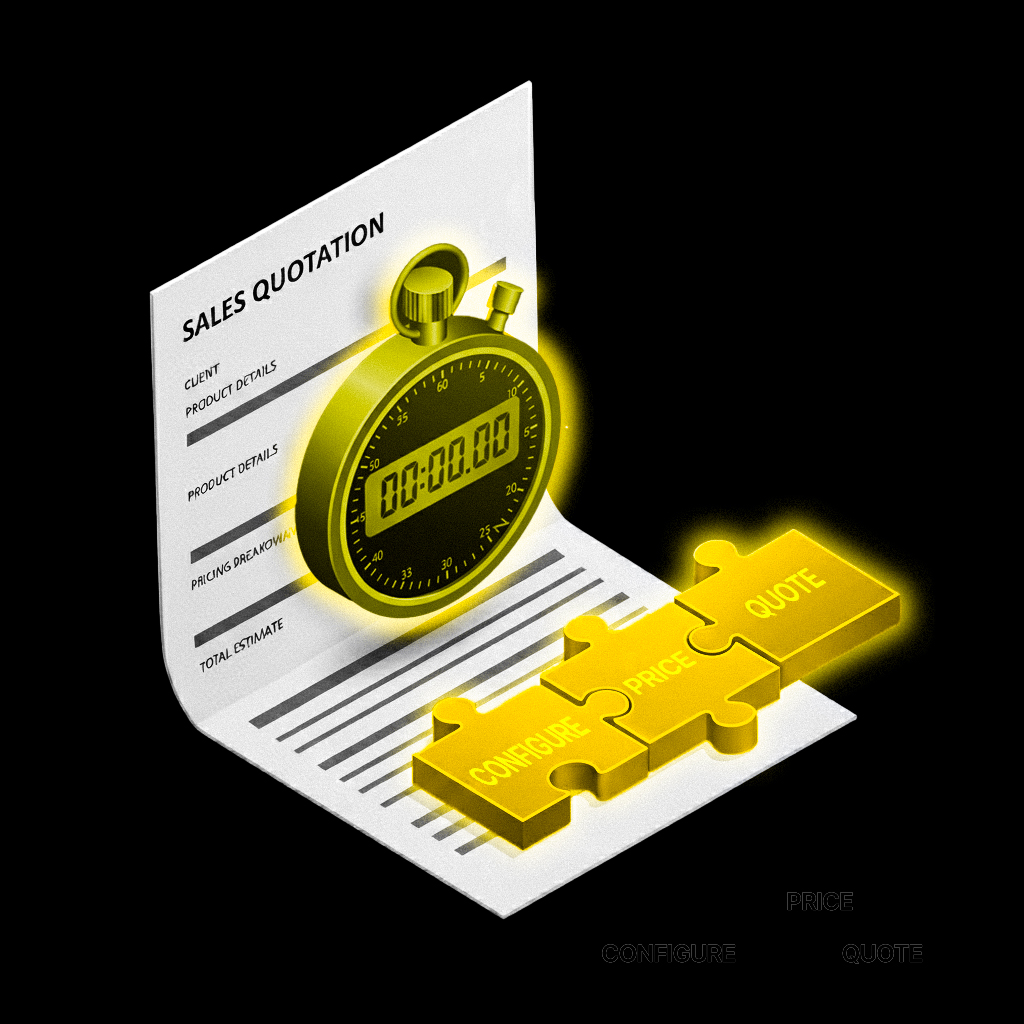Across industries, organizations are finding that traditional workflows cannot keep pace with today’s high-volume business demands.
The outcome? Burnout, inefficiency, and costly downtime.
The solution lies in hyper-automation, the seamless fusion of AI, RPA, and intelligent orchestration to create self-healing, adaptive business processes. Gartner predicts that by 2026, 30% of enterprises will automate more than half of their network activities, underscoring how automation is evolving from a competitive advantage to a business imperative (Source: Gartner).
Yet, the real challenge is not adopting automation tools, it is connecting them into one cohesive, intelligent ecosystem. That is where modern enterprise workflow platforms step in, integrating intelligence, orchestration, and user experience into a unified automation engine.
Recently recognized as a Leader in Gartner’s 2025 Business Orchestration and Automation Technologies (BOAT) Magic Quadrant, ServiceNow exemplifies the next generation of intelligent automation platforms (Source: ServiceNow).
This blog explores how ServiceNow’s hyper-automation ecosystem, powered by AIOps, RPA, and GenAI unites intelligence and automation to drive smarter, faster, and more adaptive operations.
The Promise of Hyper-Automation
Automation once meant scripting repetitive tasks. Today, it is about connecting intelligence across every business function, the essence of hyper-automation, where AI, ML, RPA, AIOps, process mining, and Generative AI work together to automate end-to-end processes intelligently.
Think of it as your organization’s digital nervous system, detecting signals, analyzing data, and executing actions without manual intervention.
It helps businesses:
• Predict and prevent IT failures
• Reduce manual handoffs and data silos
• Scale decision-making with AI-driven insights
• Free up human teams for strategic innovation
As enterprises look to operationalize these capabilities, ServiceNow emerges as a leading platform turning hyper-automation from concept to reality.
ServiceNow: The Platform Powering Hyper-Automation
At its core, ServiceNow is a cloud-based digital workflow platform that helps organizations streamline operations, automate services, and connect people, processes, and systems in one unified environment.
Originally designed for IT Service Management (ITSM), ServiceNow has evolved into a full-scale enterprise automation platform. Its architecture enables organizations to design intelligent workflows, integrate legacy systems, and apply AI-driven insights to enhance decision-making.
What makes ServiceNow central to the hyper-automation movement is its built-in intelligence layer, which includes:
• A unified data fabric bridging on-premise and cloud environments
• Native AI and ML capabilities that learn from every workflow
• Seamless integration with RPA, AIOps, and Generative AI technologies
In 2025, ServiceNow represents the modern enterprise’s automation backbone, transforming from a ticketing system into a strategic automation hub that unites operational intelligence with human creativity.
“The future of productivity is smarter, not busier, driven by intelligent workflows that let people focus on what truly matters.”
AIOps: Predictive Intelligence for IT Operations
IT incidents can occur at any moment, often costing companies thousands of dollars per minute in downtime. That is where AIOps (Artificial Intelligence for IT Operations) changes the game.
AIOps systems analyze millions of events across IT environments to detect anomalies, correlate alerts, and automate resolutions, often before users even notice an issue.
How it works:
• Detects early warning signals from monitoring tools
• Predicts performance degradation or outages
• Identifies root causes automatically
• Triggers self-healing workflows or RPA bots
Example:
When a cloud server’s CPU spikes, ServiceNow AIOps detects the anomaly, predicts a potential outage, and automatically launches a fix-often before users notice. This proactive approach cuts incident resolution time and improves uptime across the board.
While AIOps predicts and prevents IT disruptions, RPA handles the manual work that remains.
RPA: The Tireless Digital Workforce
RPA (Robotic Process Automation) eliminates repetitive manual tasks that slow down teams. Through automation hubs like ServiceNow RPA Hub, organizations can create bots that:
• Extract and input data across legacy systems
• Handle user provisioning, HR updates, and financial reconciliations
• Integrate seamlessly with ServiceNow workflows
Example:
When a new employee joins, RPA bots automatically create user accounts, provision hardware, and send welcome notifications, all triggered from a single HR workflow.
The result? Faster onboarding, fewer manual errors, and improved compliance.
While RPA excels at executing repetitive tasks with precision, it often operates on predefined rules. Generative AI takes automation further, analyzing unstructured data, predicting next steps, and enabling more natural system interactions.
Generative AI: Making Automation Conversational
At the heart of the next wave of enterprise innovation lies Generative AI (GenAI), the engine of intelligent automation.
It adds context, creativity, and natural language understanding to workflows, helping users interact with systems intuitively.
Through Now Assist, ServiceNow’s GenAI-powered companion:
• Agents can summarize incident histories and root causes
• HR teams can generate knowledge articles instantly
• Employees can ask natural-language questions like “What’s the status of my onboarding?”
• Executives can receive AI-generated summaries of IT performance
GenAI transforms automation from mechanical execution to human-like collaboration, enabling faster, context-aware responses and elevating user experiences across teams.
When AIOps, RPA, and GenAI Work in Harmony
When combined, these three pillars, AIOps, RPA, and GenAI create the foundation for a self-healing, intelligent enterprise.
Here’s how a real-world scenario plays out:
- AIOps detects an anomaly in the cloud infrastructure.
- RPA triggers a script that restarts the affected service.
- GenAI generates a human-readable incident summary and updates the knowledge base.
No silos. No delays. Just continuous, intelligent operations.
This synergy is not theoretical, leading enterprises are already realizing it in action. A case in point is Gemalto.
Real-World Use Case: Gemalto’s Customer Service Transformation
A powerful example of ServiceNow hyper-automation in action comes from Gemalto, a global cybersecurity company based in France. Following a major merger, Gemalto faced the challenge of modernizing and unifying its customer service operations across diverse systems.
By migrating to a cloud-based ServiceNow platform, Gemalto automated critical workflows, introduced a new self-service customer portal, and standardized service delivery for tens of thousands of products. Within months, communication with customers became faster and more consistent, while support processes grew more scalable and efficient, greatly enhancing user satisfaction and operational agility. (Source: Workflow™)
Technology delivers the framework, but it is skilled professionals who sustain and scale automation success.
The Human Layer of ServiceNow Workforce
Behind every automation success story lies skilled human talent.
As automation ecosystems expands their AI-driven capabilities, demand for certified professionals is soaring across Europe.
• ServiceNow Developer – designs and builds apps using low-code tools.
• ServiceNow Administrator – manages platform performance and user configurations.
• ServiceNow Technical Consultant – bridges business needs and technical execution.
• ServiceNow HRSD Consultant – optimizes HR workflows using the HR Service Delivery module.
• ServiceNow Implementation Consultant – drives enterprise-wide ServiceNow transformations.

As AI, RPA, and predictive intelligence reshape the platform, professionals with cross-functional expertise, from Glide scripting to ITIL and DevOps alignment are becoming the driving force behind smarter, faster, and more adaptive ServiceNow environments.
According to IT Jobs Watch, demand for ServiceNow professionals remains strong across the UK, the Netherlands, and Germany as enterprises scale hyper-automation initiatives.
As technology evolves, one truth remains constant: people are at the core of every transformation.
Conclusion: Where Intelligence Meets Impact
The real edge of hyper-automation lies beyond algorithms, it is in how people and technology evolve together. The convergence of AIOps, RPA, and GenAI does not just streamline workflows; it empowers decisions, drives resilience, and fuels innovation.
Amid the age of automation, human talent is the true differentiator, the force that transforms automation from efficiency into intelligence. The organizations that thrive will be those that blend foresight, adaptability, and skilled professionals capable of turning technology into transformation.
At Stafide, we believe progress happens when great minds meet great opportunities.
We connect ServiceNow professionals ready to make an impact with organizations shaping the future of intelligent enterprise. Let’s connect!
Stafide – empowering people, accelerating transformation.





